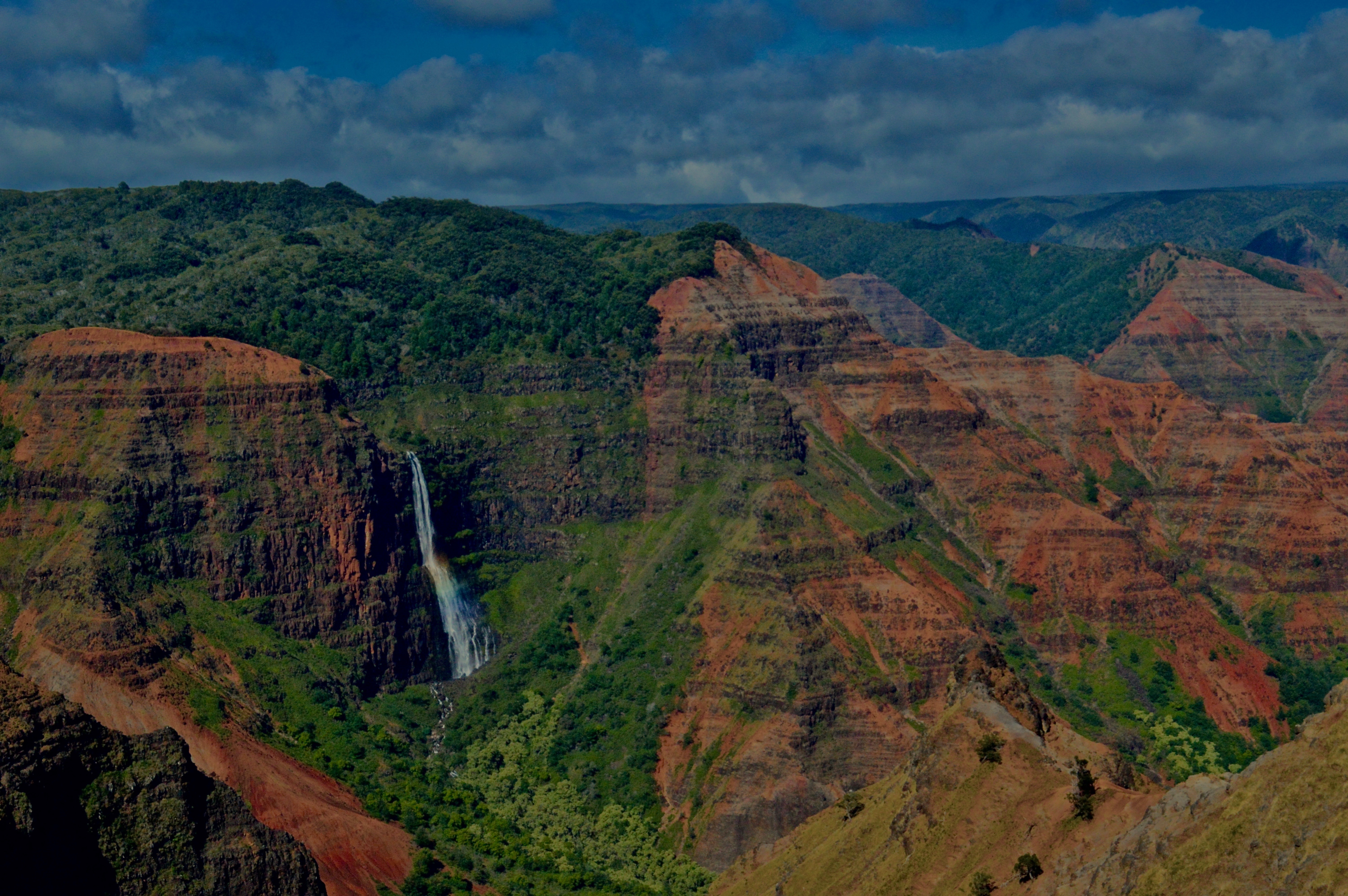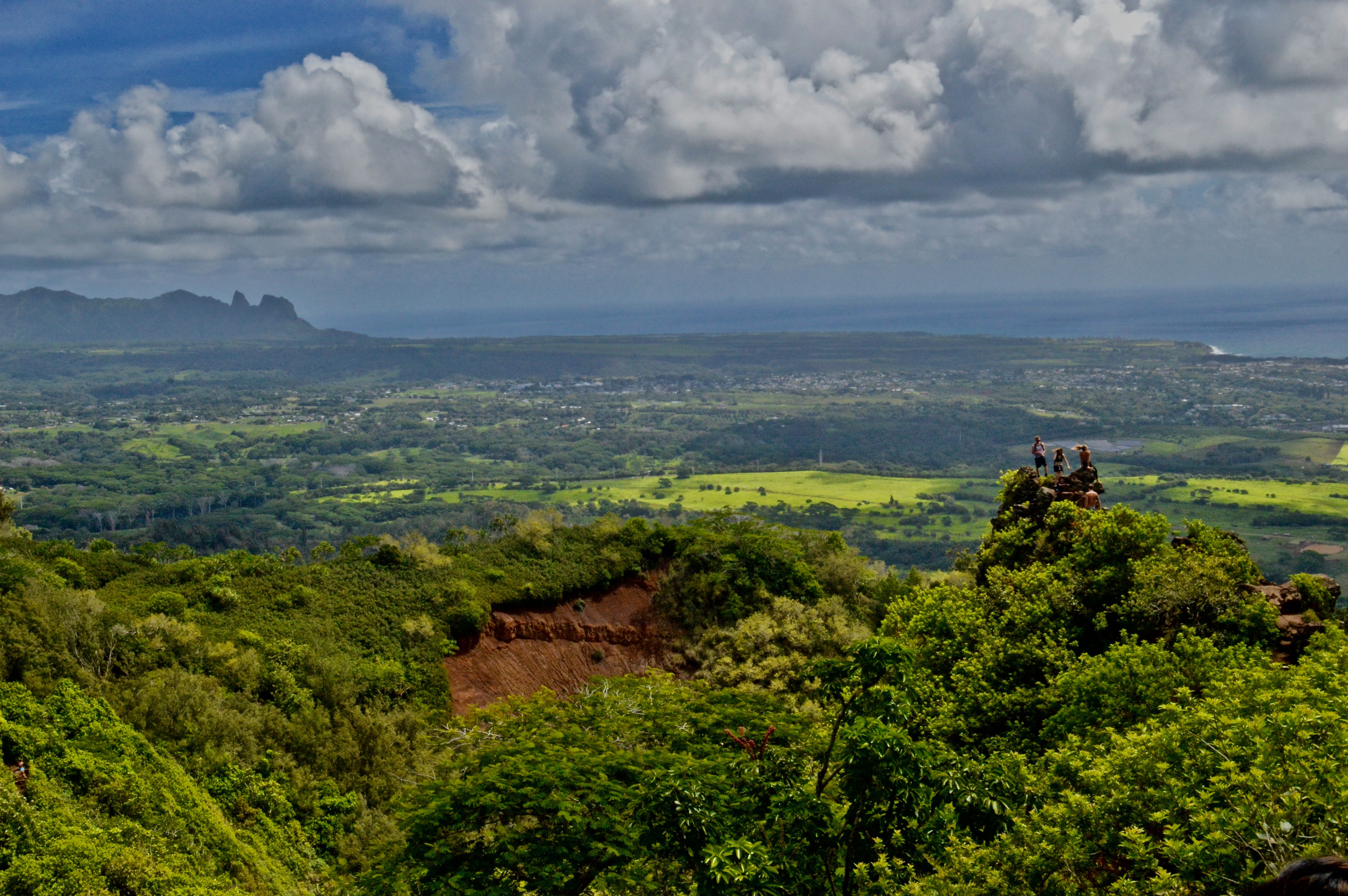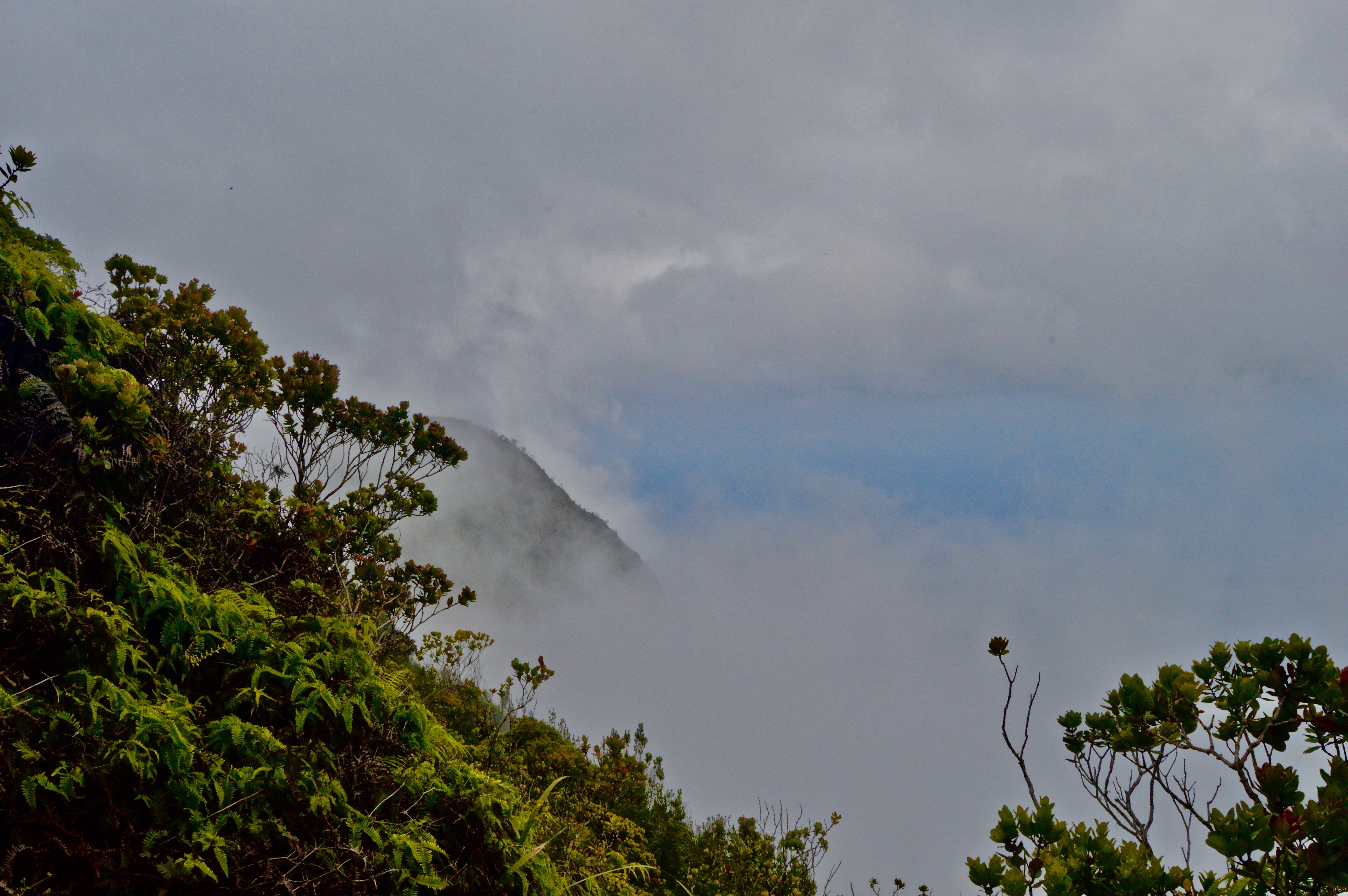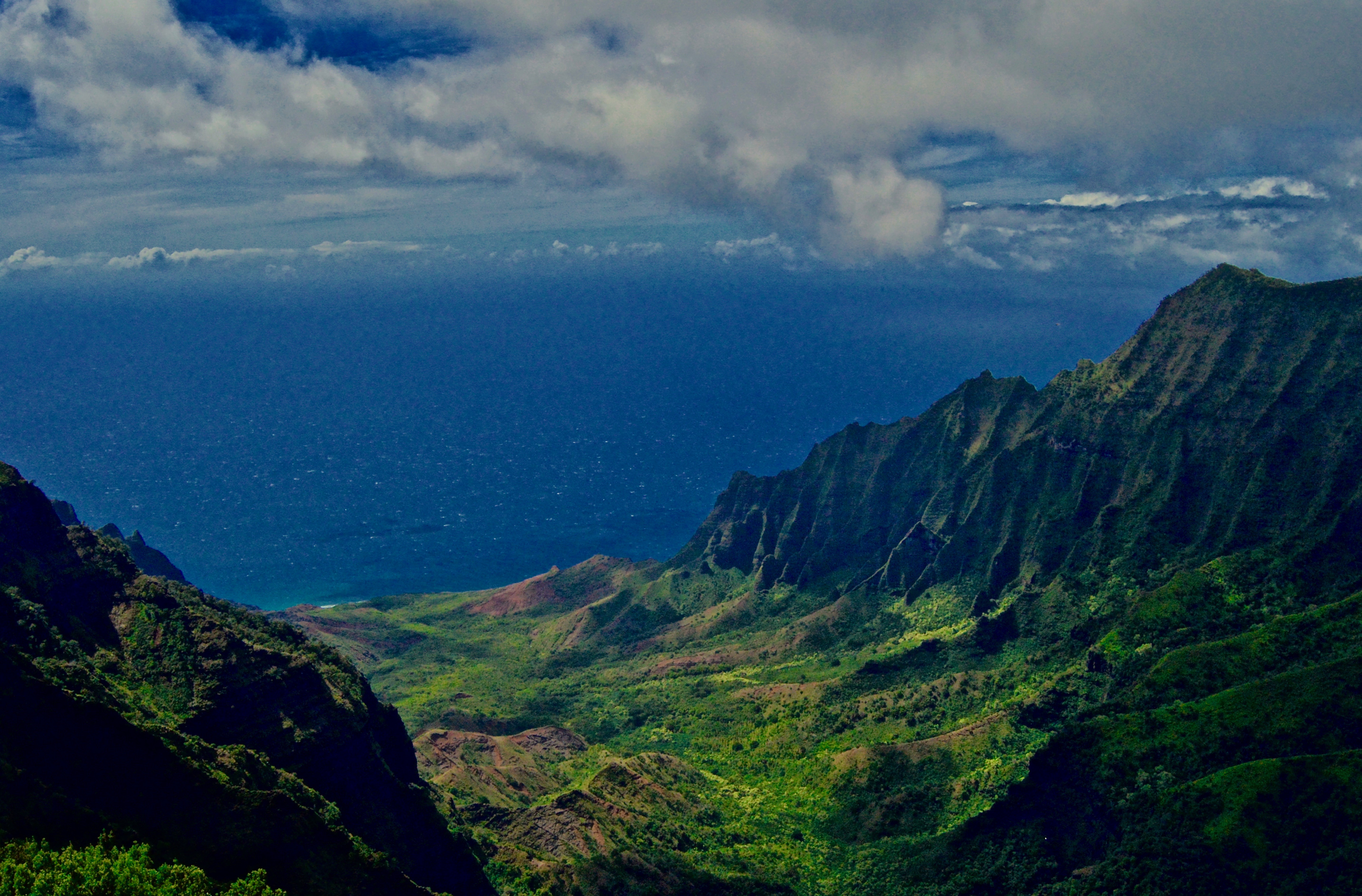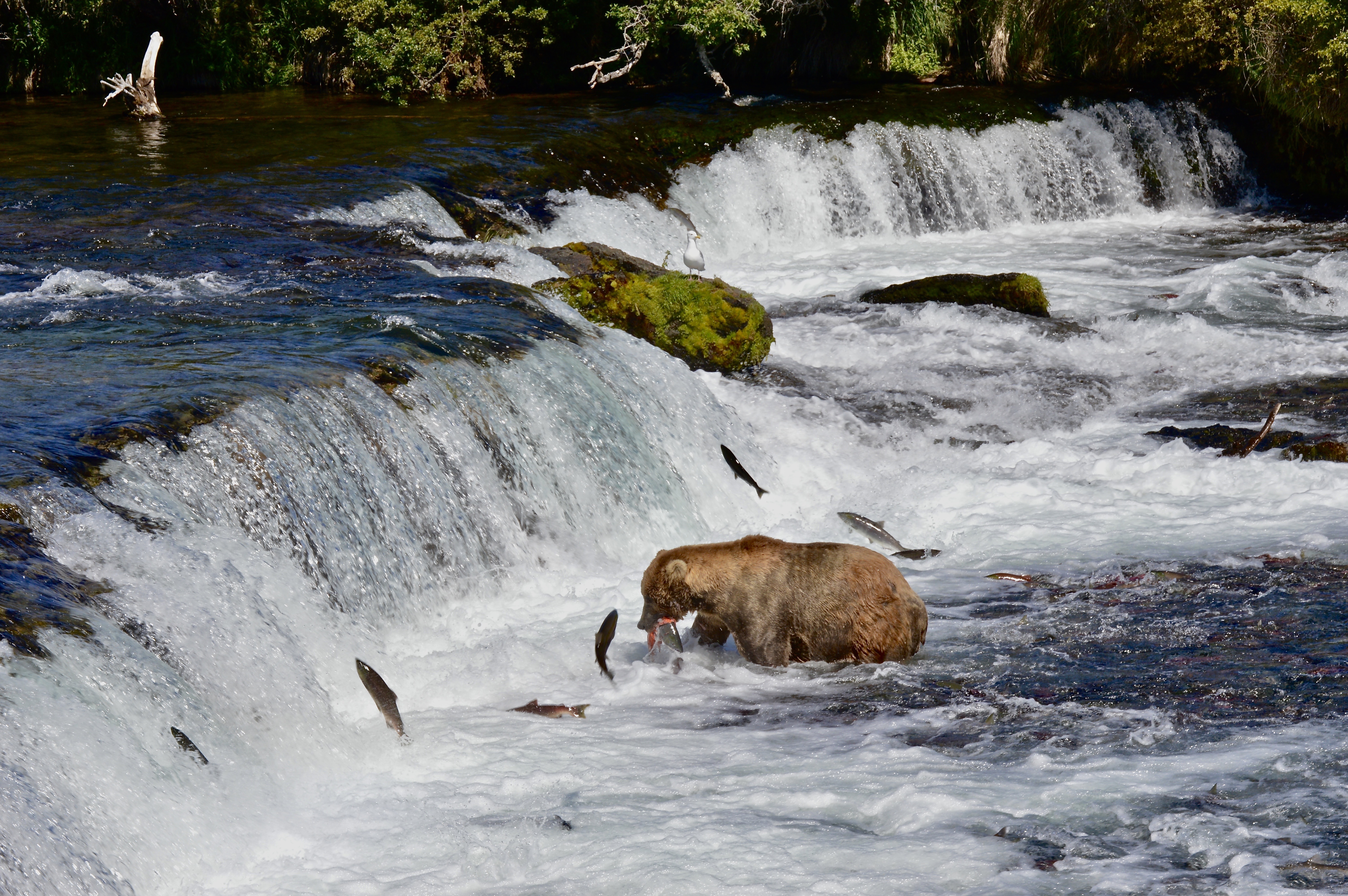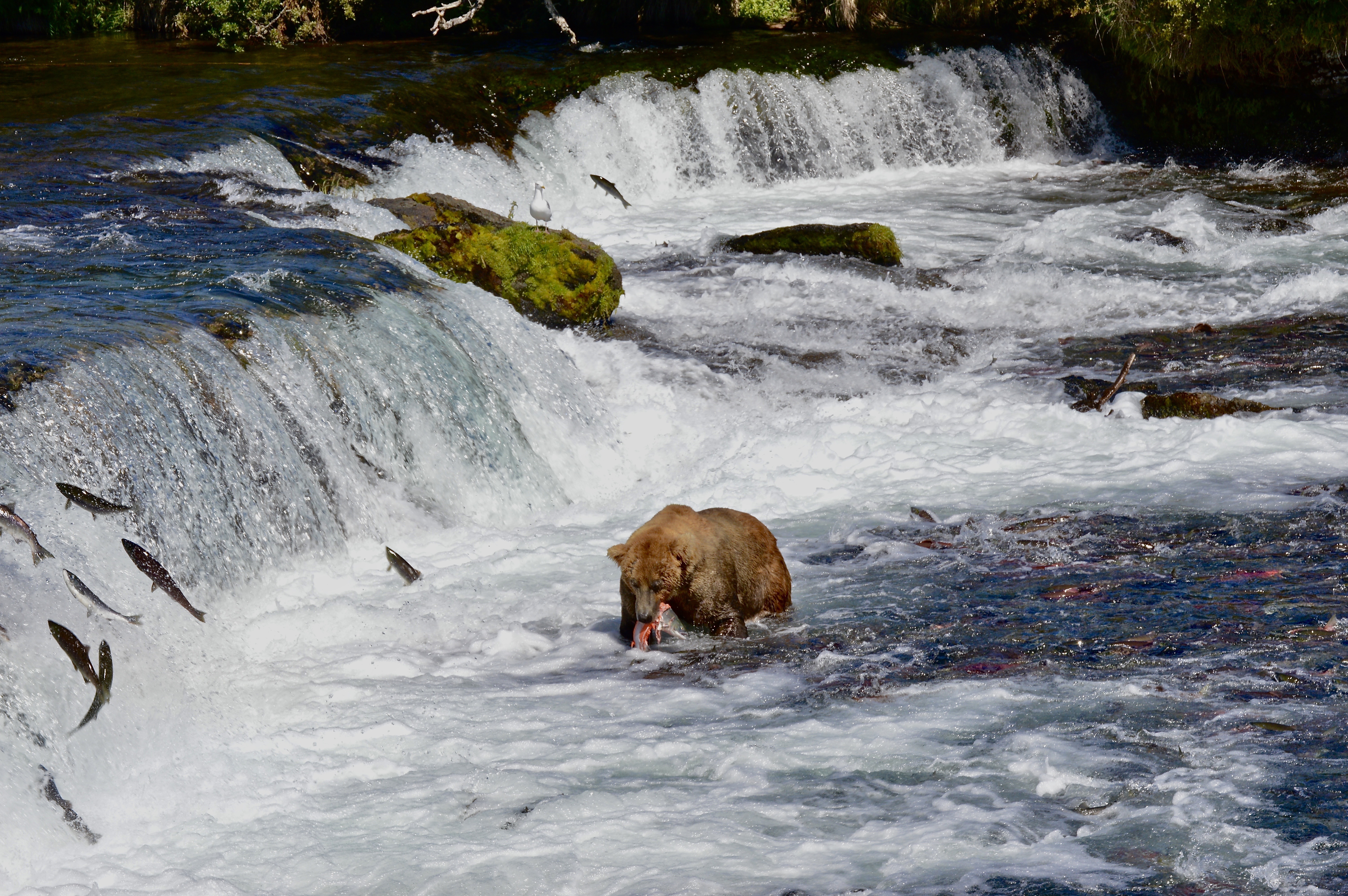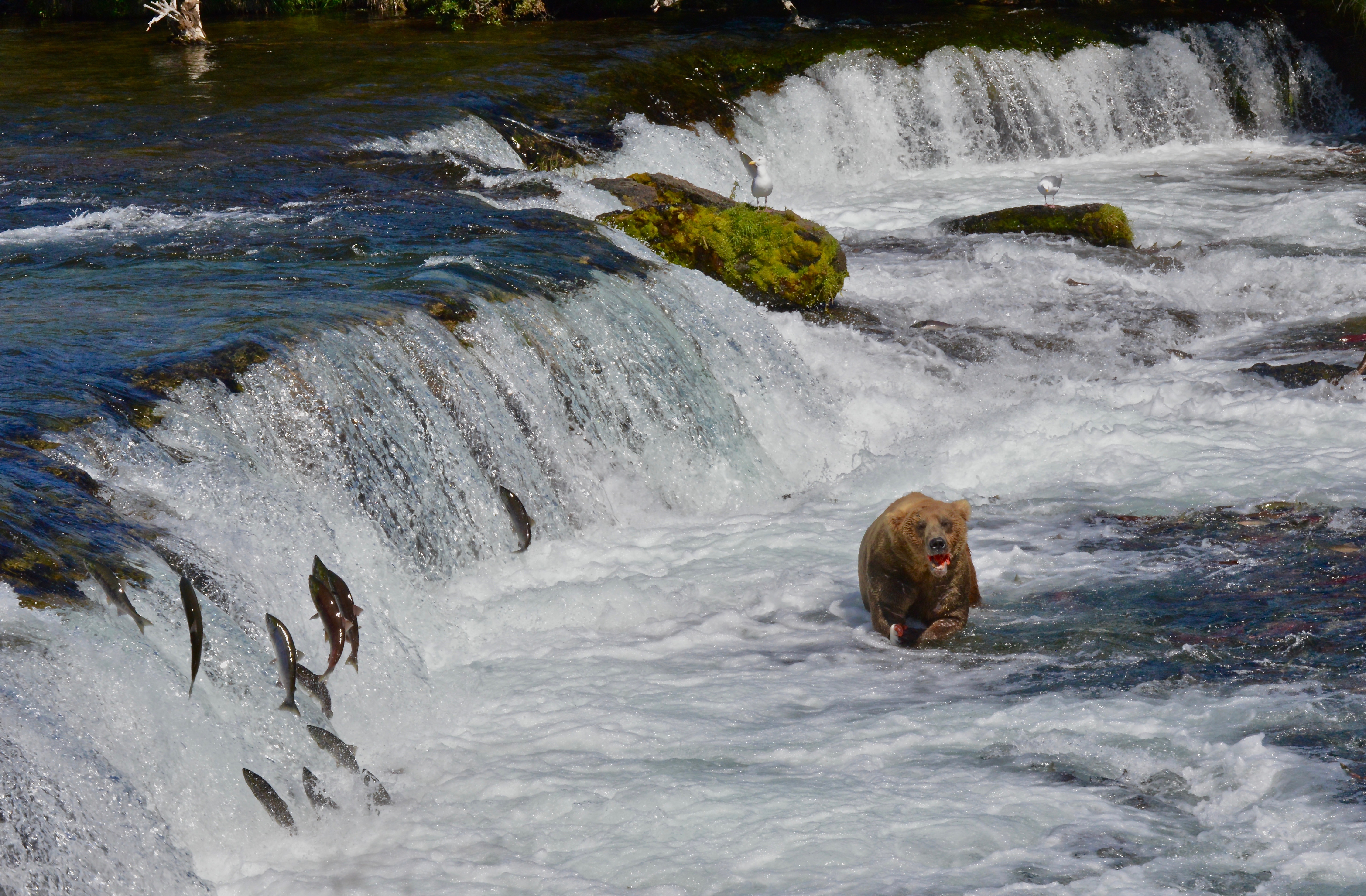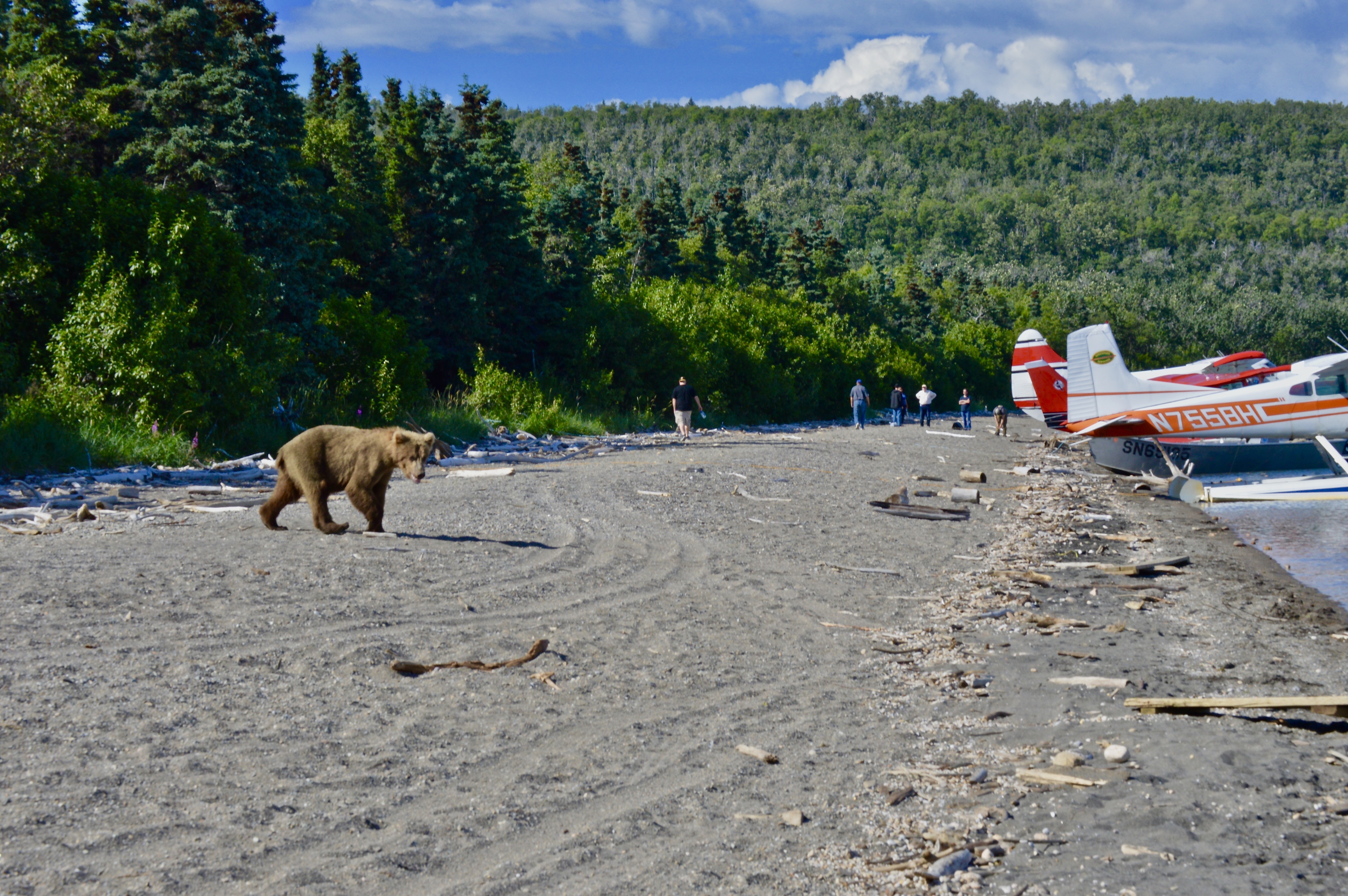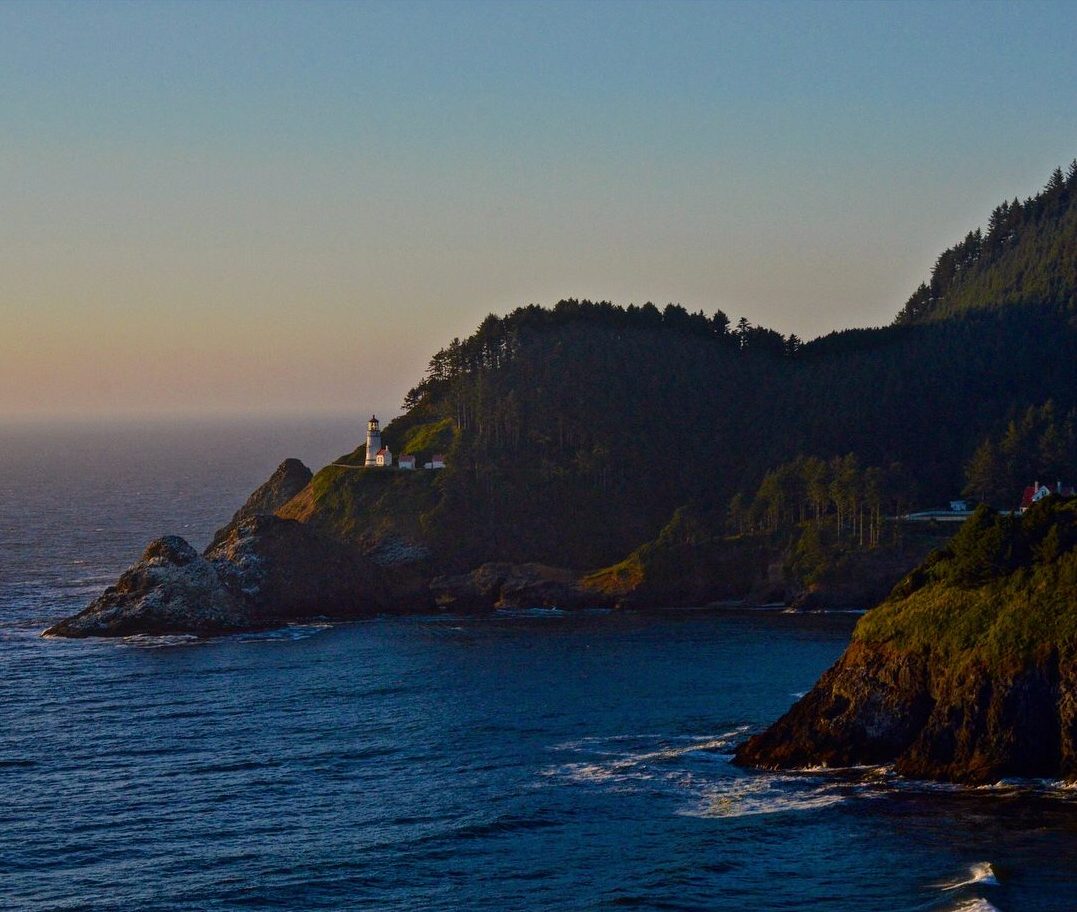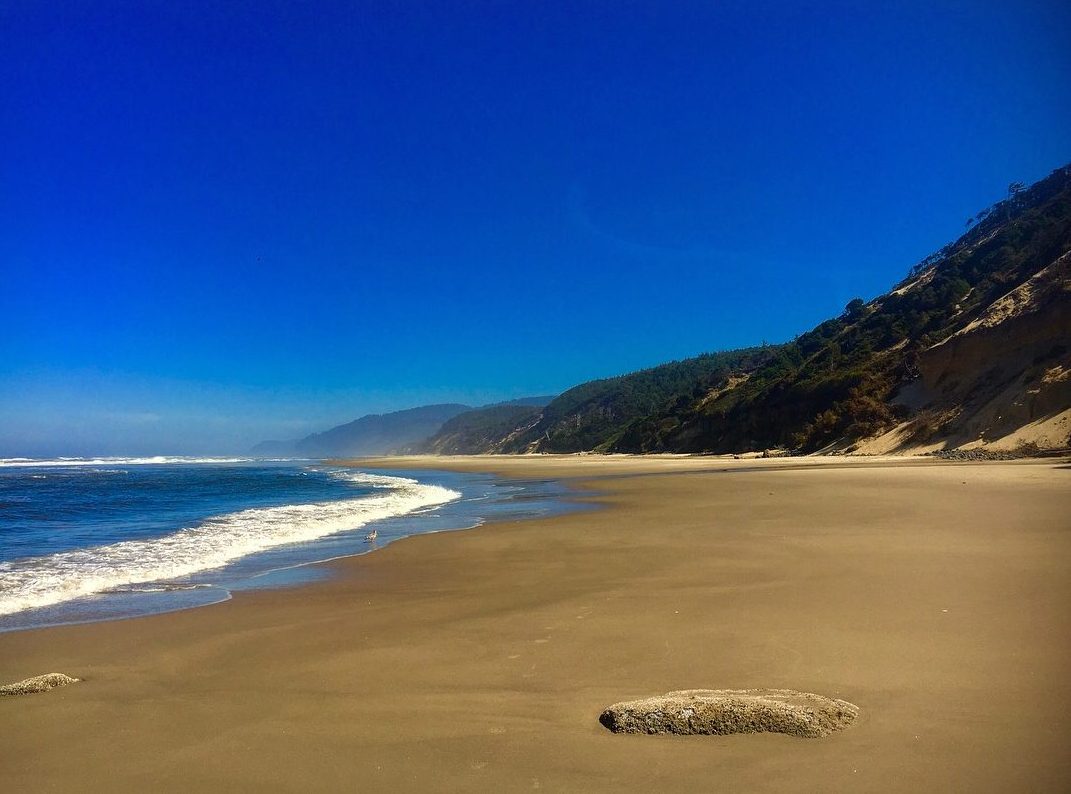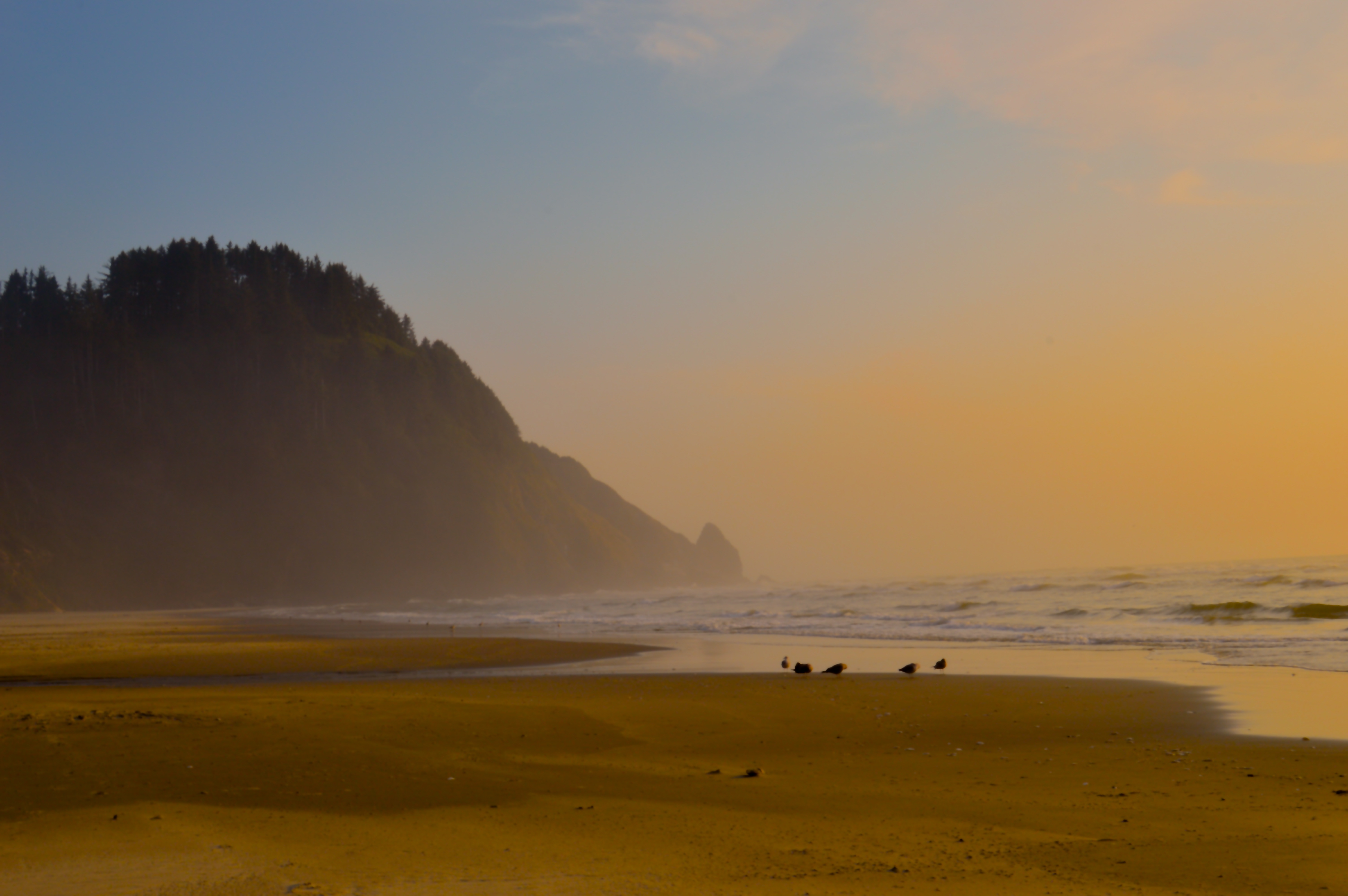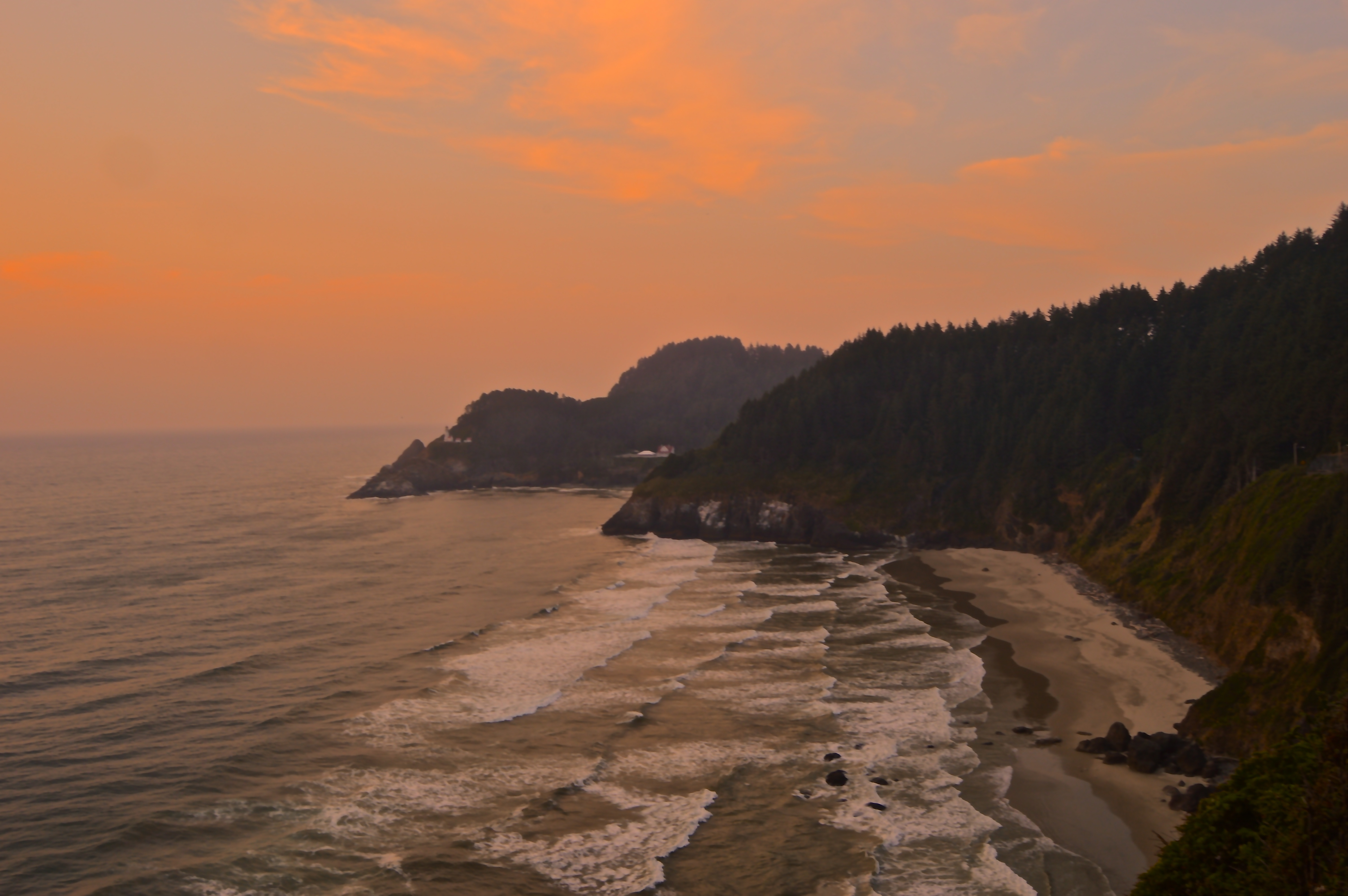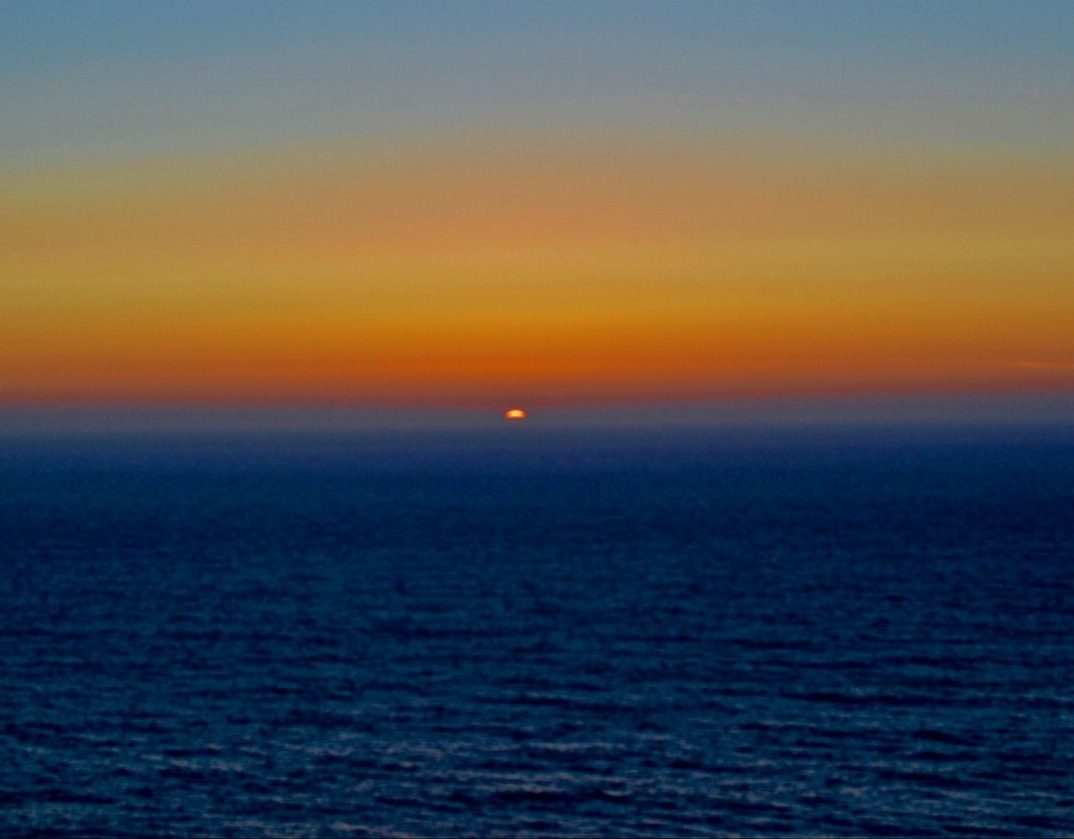In the year 1950, several high school students built six snow statues in Sapporo’s Odori Park. They decided to turn it into a tradition and did it again the next year. Soon, others joined in the fun. Seventy years later, this tradition has become known as the Sapporo Yuki Matsuri (Snow Festival), likely the world’s largest annual celebration dedicated to snow.
Held over three different sites in Sapporo–the largest city in Japan’s northernmost island of Hokkaido–the festival spans one week in early February. Millions from all over the world attend the festival each year and are treated to massive, intricately detailed snow and ice sculptures, food stalls offering local Hokkaido and Japanese food, and various other events involving this phenomenon of frozen water that is so central to life in Hokkaido.
Featured Image: A singer performs in front of the main snow statue display in Odori Park.
Image 1: Snow and anime go hand-in-hand here in Japan.
Image 2: A snowboarder airs it out in the Park Air snowboard competition.
Image 3: A Star Wars themed snow sculpture.
Image 4: The main display is so detailed, it almost blends into Sapporo’s downtown skyline.
Image 5: Food stalls offer all sorts of Japanese treats to visitors.
Image 6: High in the Sky.
Luang Prabang, located at the confluence of the Mekong and Nam Khan rivers in northern Laos, is the ancient capital of the country and often referred to as its cultural capital by those who visit. Characterized by ornate Buddhist temples, French-influenced colonial architecture, scenic natural landscapes, a vibrant night market, and dozens of quaint cafés and bakeries, this sleepy town along the Mekong River is a must-visit for travelers in Southeast Asia.
I spent a week here riding motorbikes through the jungles and rice fields, eating delicious dishes (Laotian food may be my favorite in all of Southeast Asia as it is a fusion of local flavors and French-inspired cuisine. Plus, everything comes with a baguette!), and wasting away the days reading and lounging in riverside cafés along the scenic Nam Khan. Although there are many activities and day trips offered, Luang Prabang is the perfect town to relax and do absolutely nothing in, while enjoying the peaceful atmosphere of Laos.
Enjoy this photo gallery which shows but a small snippet of Luang Prabang’s beauty…
Featured Image: One of the lower falls at Kuang Si waterfall–the most popular day-trip from Luang Prabang and the one must-do activity while in the area.
Image 1: The main Kuang Si waterfall. The vibrant emerald color of the water is derived from the salts and minerals collected as the water flows over the limestone creek bed.
Image 2: Tourists cross the famous bamboo bridge to reach the other side of the Nam Khan river, the much quieter side of Luang Prabang. Each year, during dry season–when the river is at its lowest, locals construct this bamboo footbridge bridge across the river, taking it down ones the rains begin at the end of winter.
Image 3: The main street of Luang Prabang is lined with French colonial buildings and many bakeries, cafés, and restaurants offering a taste of the city’s famous food scene.
Image 4: Every evening, the night market in the town center is flooded with tourists browsing among locally produced souvenirs and handicrafts.
Image 5: Golden Buddhist temples can be found throughout the city.
There is something romantic about the canals of Amsterdam. Whether one is gliding along on a boat, strolling on the adjacent streets, or simply sitting on the stone bridges next to the calm rippling water, these bodies of water that act as the city’s arteries bring both beauty to the city and calm to the viewer.
Here are a few shots I took of different locations along the Amsterdam canals during my one week stay in the Dutch capital. All photos taken with iPhone 8.
Featured: The calm, glassy early morning water reflects the trees and homes that line this small canal.
Image 1: Vibrant flowers often line the bridges that cross over the canals.
Image 2: One of the city’s larger canals that runs in front of the Rijksmuseum.
Image 3: The sun sets over the center of the city, next to the central train station.
Angkor Wat is a complex of ancient temples located near Siem Reap, Cambodia. Originally built as a Hindu temple towards the end of the 12th century, it was later converted to a Buddhist temple, and is still to this day the largest religious monument in the world.
While over-run with tourists during open hours–resembling an almost Disney-esque experience of waiting in long lines under the hot, humid sun and innocent faces smiling into cameras held up by selfie-sticks–Angkor Wat is nonetheless an impressive sight boasting vast historical and architectural significance.
In order to beat the crowds, plan an early wake-up call and arrive at the temple’s opening while it’s still dark. I was one of the first to arrive when I visited and enjoyed nearly a full hour of exploring the temples in isolation and cool, dry temperatures. Oh, and I also witnessed a once-in-a-lifetime sunrise as the day’s first light rose over the main temple, pouring its golden rays across the grassy grounds and aged stone structures.
Featured: Overlooking Hanalei Bay
1. A waterfall glides over the cliffs of Waimea Canyon.
2. Hikers enjoy the view from the chin of the Sleeping Giant.
3. Morning fog on the Na Pali Coast.
4. The view from above Kalalau Valley.
5. Looking towards the mountains from Hanalei.
6. A secluded beach on Kauai’s eastern shore.
Tourism to Katmai National Park in southwest Alaska is driven by one factor: viewing Alaskan brown bears. The park’s expansive boardwalk system allows one to safely get within close proximity to these majestic beasts. These photos were taken towards the end of July–the end of the peak sockeye run that attracts so many bears to the area.
Featured: Heceta Head lighthouse overlooks the Pacific.
1. Morning light shines through the thick woods of the coast.
2. The Oregon Coast is a landscape shaped by water–salt and fresh.
3. A secluded beach near Florence.
4. Few humans, but plenty of wildlife to be found.
5. The iconic rugged coastline of Oregon.
6. The sun sets over the Pacific.


























